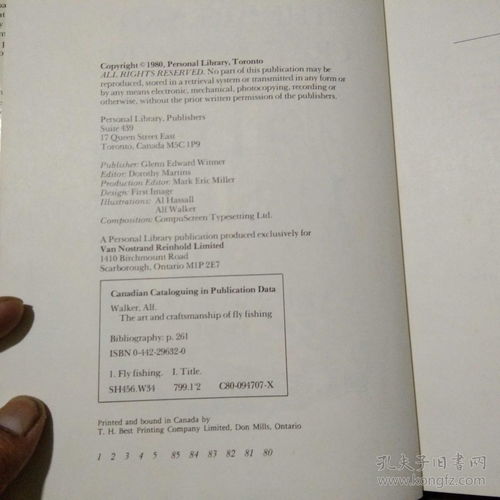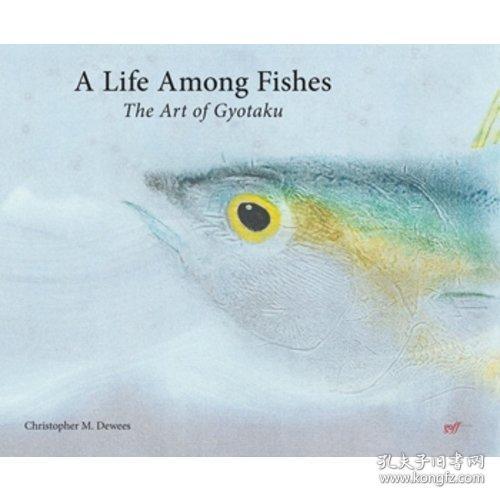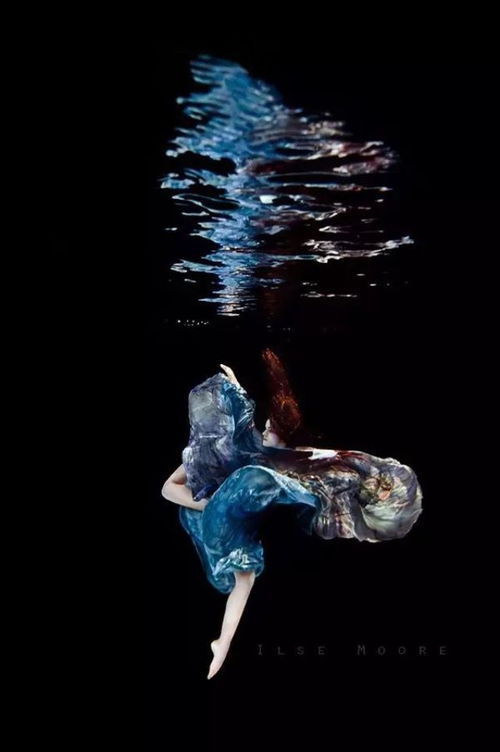Introduction: Winter, with its cold temperatures and icy waters, is often considered a challenging season for fishing. However, with the right techniques and mindset, you can still enjoy successful lure fishing during the colder months. In this article, we will explore the essential winter lure fishing techniques that will help you conquer the chilly waters and land those prized catches.
Understanding Winter Fish Behavior: Winter fish behavior differs significantly from other seasons, and understanding these patterns is crucial for successful winter lure fishing. During the colder months, fish tend to slow down and become more conservative in their movements. Here are some key points to consider:
a. Water Temperature: Cold water temperatures cause fish to become less active and more sluggish. Therefore, it's important to target areas with slightly warmer water, such as sunny spots or deeper depths.
b. Habitat: Fish often seek shelter in dense vegetation, rock piles, or brush piles during winter. These areas provide protection from the cold and can be hotspots for fish activity.
c. Timing: Fish are more likely to be active during the warmer parts of the day, such as late morning or early afternoon. Targeting these peak periods can increase your chances of success.
Choosing the Right Lures: Selecting the appropriate lures is crucial for winter lure fishing. Here are some tips to help you choose the right lures:
a. Color: In low-light conditions, fish tend to rely more on their sense of smell and taste. Opt for lures with bright colors or those that mimic natural prey, such as minnows or crayfish.
b. Size: Smaller lures are often more effective during winter, as fish are less likely to strike at larger baits. Consider using lures that are 1-3 inches in length.
c. Action: Lures with a slow and steady retrieve tend to work best in winter. Fast-paced retrieves can spook fish that are less active.

Proper Presentation Techniques: To increase your chances of success, it's important to master the art of presenting your lure effectively. Here are some techniques to consider:
a. Slow and Steady Retrieve: Fish are less likely to chase after fast-moving lures during winter. Instead, focus on a slow and steady retrieve, allowing the lure to sink and swim naturally.
b. Trolling: Trolling can be an effective technique during winter, especially in areas with deeper water. Use a steady pace and vary the speed to mimic natural prey movements.
c. Jigging: Jigging involves bouncing the lure up and down in the water column. This technique can be particularly effective in areas with structure, such as rocks or brush piles.
Weather and Water Conditions: Understanding the weather and water conditions is essential for successful winter lure fishing. Here are some factors to consider:
a. Wind: Wind can make fishing more challenging, as it can disrupt the presentation of your lure. Choose calm days or use techniques that minimize the impact of wind, such as using a heavier lure.
b. Water Clarity: Clear water can be more challenging to fish, as fish are more cautious. In clear water, consider using more subtle lures and presenting them with minimal disturbance.
c. Water Temperature: Fish are more active in slightly warmer water. Pay attention to water temperature readings and target areas with slightly warmer water, such as sunny spots or deeper depths.
Conclusion: Winter lure fishing may seem daunting, but with the right techniques and mindset, you can still enjoy successful catches. By understanding winter fish behavior, choosing the appropriate lures, mastering presentation techniques, and considering weather and water conditions, you can increase your chances of landing those prized winter fish. So, bundle up, hit the water, and embrace the challenges of winter lure fishing. Happy fishing!












